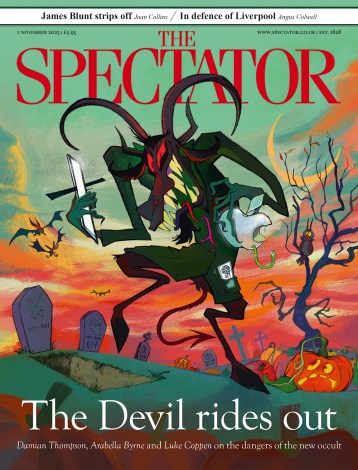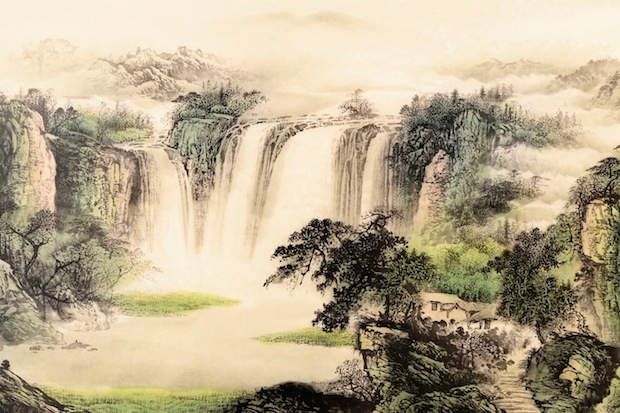The word delicate is seldom a compliment. I once threw a saucepan of hot soup out of a fifth storey London window because a boyfriend said it had a delicate flavour, by which he meant none at all. This novel, though, is delicate in an entirely good way: it is fine, intricately wrought, understated.
It imagines the life of the 13th-century Chinese scholar-artist Wang Meng, whose misfortune it was to live in interesting times, during the closing years of the Mongol invaders’ Yuan dynasty. Much of the time Wang spends staring at mountains and rivers and discussing the finer distinctions of Tao and Buddhist philosophy. He believes that ‘the good and gentle side of life was stronger and more permanent than the bad’. Wang is one of a small circle of artists who meet at regular intervals, often in the 13th-century equivalent of today’s beneficent arts foundations. In his descriptions of such places, as elsewhere in this book, the reader may get the agreeable feeling that the author is poking gentle fun.
The Yuan dynasty masters painted winding paths and watercourses as a way of leading the viewer’s eye through the landscape. Mirroring their style, John Spurling invites the reader to meander with the artist on his adventures, sometimes stopping to take a drink of wine or to admire the view, more often to make a new friend.
The characters are wonderfully full and well imagined. An absurdly fastidious artist who has forsaken the world in order to live on a perfumed boat becomes Wang’s closest friend: this is Ni Zan, whose beautiful spare drawings could, incidentally, be mistaken for sketches by Albrecht Dürer. (It is not Spurling’s fault that the name Ni is impossible to read with a straight face, associated as it must always be with Monty Python’s joke about the medieval knights who say ni). A hulking young bull of a man encountered by the side of a waterfall early on in the book goes on to become emperor and founder of the Ming dynasty. There are parties and garden tours and visits to concubines and, always, glimpses of trees and lakes and mountains.
All of this is rather lovely. Less successful are those parts of the story concerning Wang’s exploits as a minor government official, magistrate and — a stretch, this — military adviser. Quite how this mild contemplative finds his sudden expertise in the minute planning of a daring ambush is unclear, and his ardour for a vengeful bandit queen is similarly out of character. Perhaps this episode is a middle-aged crisis. Other than this picaresque interval, Wang is a pragmatist, but not a successful one. Questions of allegiance return to trouble the serenity of his artistic life and he ends his days in jail.
It is typical of Spurling’s humour that a fictitious endnote, purporting to have been appended to Wang’s account by the emperor Zhu Yuanzhang himself, states:
This manuscript is not to be printed or published, but is to be preserved in the imperial archives. It has some merit, but is not fit for general reading.
The Ten Thousand Things is very much better than that.






Comments